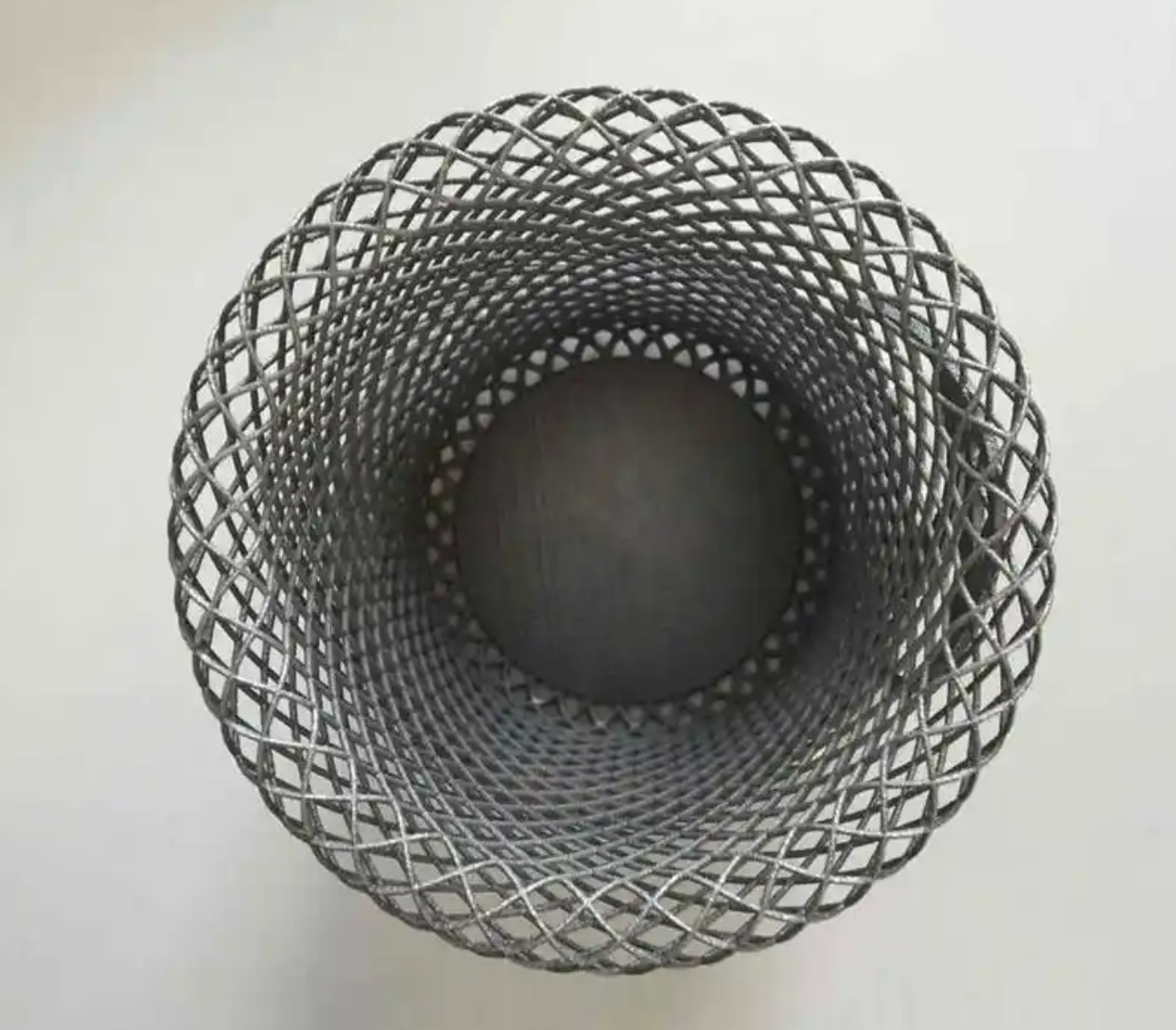China has conquered aviation-grade 3D titanium alloy printing technology, and sixth-generation fighters are the first to achieve revolutionary upgrades
On February 29, 2024, the Institute of Metal Research at the Chinese Academy of Sciences announced a significant breakthrough in laser additive manufacturing, successfully developing the overall molding technology for aviation-grade titanium alloy components. This groundbreaking advancement, referred to as "metal intelligent manufacturing," has enabled the large-scale application of this technology in the J-20 fifth-generation stealth fighter jets for the first time. This development signifies China's historic transition from follower to leader in the domain of advanced equipment manufacturing.

Analysis of titanium alloy 3D printing technology
1. Innovation of technical principles
Breaking through the traditional "reduced material manufacturing" thinking, the laser selective melting (SLM) technology is used to melt TC4 titanium alloy powder layer by layer through a 200-watt precision laser beam. The powder thickness of each layer is accurately controlled at 20-40 microns, and the oxygen content is stabilized below 50ppm with the independently developed inert gas circulation system to ensure that the material performance meets the Class A standard of the navigational mark HB5432-2005.
2. Performance indicators leap
The material utilization rate has been increased from 15% of traditional forging to 98%
The tensile strength of the component exceeds 1250MPa, and the elongation exceeds 10%
The molding cycle of complex components is reduced by 80% and the cost is reduced by 65%
It can realize the integrated manufacturing of gradient materials, and the hardness of local strengthening areas can be increased by 30%

Paradigm revolution of aviation equipment manufacturing
1. Structural design liberation
J-20 application cases show that the overall frame and beam components designed with topology optimization have successfully integrated 136 traditional parts into a single piece manufacturing, reducing weight by 23% while achieving force transmission path optimization. The wall thickness of the honeycomb sandwich structure of the wing-body fusion can be accurately controlled at 0.8±0.05mm, and the aerodynamic efficiency can be increased by 17%.
2. Innovation in battlefield support
The "cloud intelligent manufacturing" system built on the basis of this technology can realize the in-situ manufacturing of key spare parts through mobile 3D printed shelters under field conditions. The repair time of a certain type of aviation actuator has been reduced from 72 hours to 8 hours, creating a new guarantee mode of "front-line production and instant installation".